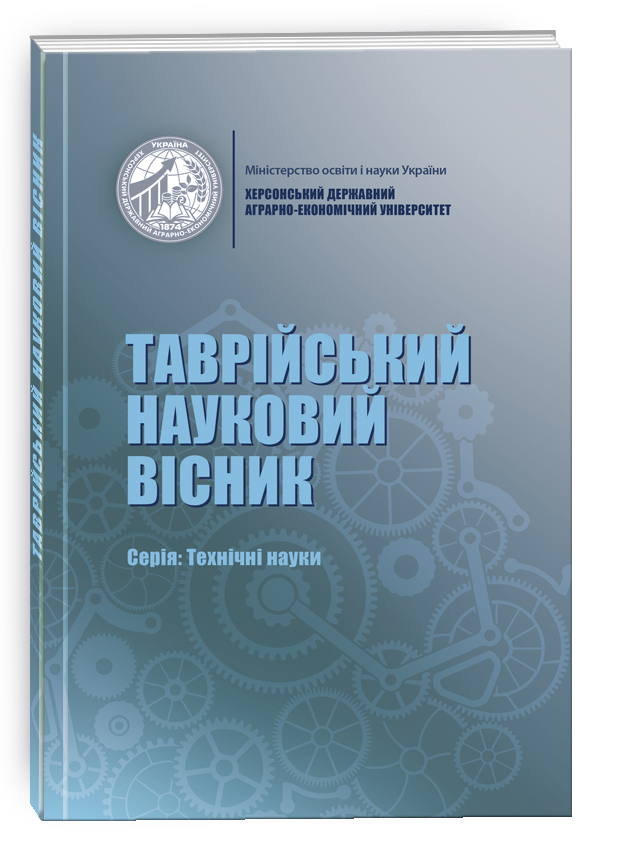IMPROVEMENT OF THE ASSORTMENT OF COLD APPETIZERS BASED ON PLANT-BASED INGREDIENTS FOR RESTAURANT ENTERPRISES
DOI:
https://doi.org/10.32782/tnv-tech.2024.5.22Keywords:
technology, cold appetizers, hummus, innovation, sea buckthorn oil, hemp and flax branAbstract
The article presents research results on improving cold snack technology and enhancing their recipe composition. As the restaurant service market rapidly expands, there is a growing demand both from customers– who seek a broader selection of dishes that align with healthy eating concepts and satisfy their nutritional needs–and from restaurant owners, who want to meet guests' needs while also expanding their menu with accessible, versatile dishes that can be stored for an extended period. The study used a classic hummus recipe with tahini as a base, chosen for its universality, and added innovative ingredients, specifically sea buckthorn oil, hemp bran, and flax bran. The feasibility of these ingredients was substantiated for addressing identified issues, particularly enhancing the chemical composition, extending shelf life, and improving the final product's quality. The study also assessed the nutritional and biological value of the enhanced hummus recipe. Improving the classic hummus recipe with tahini through the addition of a blend of sea buckthorn and olive oils in a 50:50 ratio and a mix of hemp and flax bran at 25% to 75%, respectively, increased its nutritional value by boosting protein to 18.9% and fiber to 10.1%. It also improved the biological value by enhancing the fatty acid composition and increasing vitamin and mineral content. Adding hemp and flax bran enhanced the texture and helped retain moisture and oil, which contributed to improved stability of the dispersed system during storage. The article also provides the recipe, production technology specifics, and recommendations regarding the organoleptic quality indicators of the newly developed innovative dish, "Hummus with Tahini, Oil Blend, and Bran Mixture."
References
Переробка нуту: український виробник патентує унікальний хумус: веб-сайт. URL: http://surl.li/kgwcxu (дата звернення: 12.11.2024).
Іваніщева, О. А. Застосування THERMOMIX у технологічному процесі приготування нетрадиційного хумусу. In: Соціально-політичні, економічні та гуманітарні виміри європейської інтеграції України: зб. наук. пр. Х Міжнар. наук.-практ. конф., м. Вінниця. 2023. p. 149.
Сумська, О. П., Н. В. Новікова, and Є. М. Ковпанець. визначення вмісту органічних кислот у хімічному складі обліпихової олії, отриманої з регіональної сировини. Таврійський науковий вісник. Серія: Технічні науки 4. 2022. С. 102–109.
Сова, Н., Луценко, М., Ефімов, В., Курхалін, С. Характеристика сипких конопляних продуктів. Вісник Національного технічного університету «ХПІ». Серія: Нові рішення у сучасних технологіях, (45 (1321)). 2018. С. 207–213.
О. В. Шалимінов, Т. П. Дятченко, Л. О. Кравченко та ін. Збірник рецептур національних страв та кулінарних виробів : для підприємств громадського харчування всіх форм власності. 2005. К. : А.С.К, 848 с.
Марушко, Л.П. (2012) Жирнокислотний склад олії, виділеної з насіння обліпихи крушиновидної (Hippophae rhamnoides L.). Науковий вісник Волинського національного університету імені Лесі Українки. РОЗДІЛ ІІІ. Органічна хімія. (17). С. 119–122. веб-сайт. URL: http://surl.li/emapts (дата звернення: 12.11.2024).
Підгайна, Є. Ю. Виявлення фальсифікату та антиоксидантний потенціал оливкової олії. 2020. веб-сайт. URL: http://surl.li/roqeip (дата звернення: 12.11.2024).
Холод, Т., Капрельянц, Л. Перспективи використання нетрадиційної рослинної сировини у технології білковмісних харчових продуктів. Вісник Львівського університету. Серія біологічна, (73). 2016. С. 446.
Конопляні висівки. веб-сайт. URL: http://surl.li/hbdspb (дата звернення: 12.11.2024).







